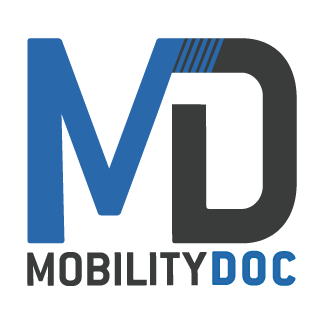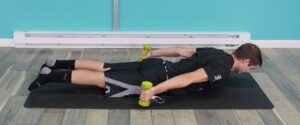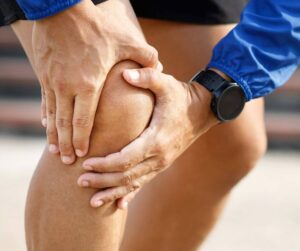If you’ve ever tried a pigeon stretch and thought, “There’s no way my hips are going there,” — you’re not alone. That’s where the elevated pigeon stretch can be so useful. It’s like the regular pigeon’s more approachable cousin — same benefits, a lot less struggle and stress.
Why It’s Great for Beginners
If your hips are tight or your mobility isn’t quite there yet, the elevated version is your best friend.
By bringing the front leg up onto a bench, box, table, or counter, you reduce the angle and pressure on your hip joint. There are lots of ways to make this fully adjustable to your level. That means you can focus on good form instead of fighting to stay upright.
It’s the perfect stepping stone to improve your pigeon stretch flexibility safely and effectively.
What The Pigeon Stretch Helps
The pigeon stretch — elevated or not — is a powerhouse for your lower body.
It targets your:
- Glutes
- Hip rotators (especially the piriformis)
- Hip flexors
- Lower back
These areas are big players for runners, lifters, and anyone who sits a lot. The stretch helps loosen up your hips and improve how your legs move together.
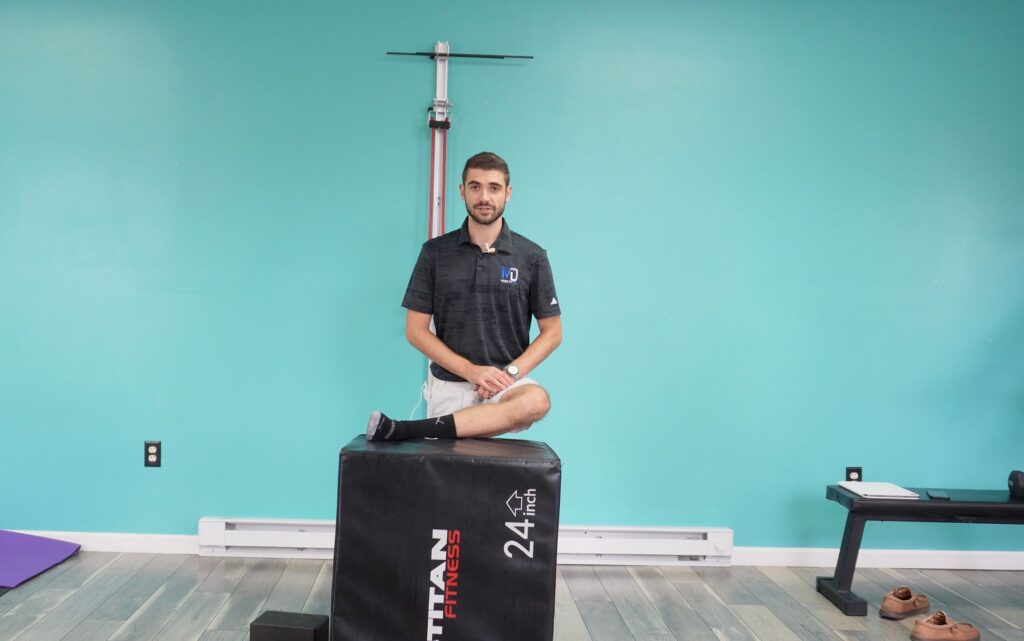
How To: Standing Pigeon
Here’s the quick breakdown:
What to Do:
- Set your front shin on a bench so your knee and ankle form a 90° angle.
- Keep another 90° between your shin and thigh.
- Square your hips to the front.
- You can either stay here or hinge forward slowly until you feel a stretch in your glute or hip.
- Keep your chest tall and your back straight.
Pro Tip: If you’re having trouble finding the right height and your knee is elevated off the table, you can use a towel, block, or blanket to help support your knee!
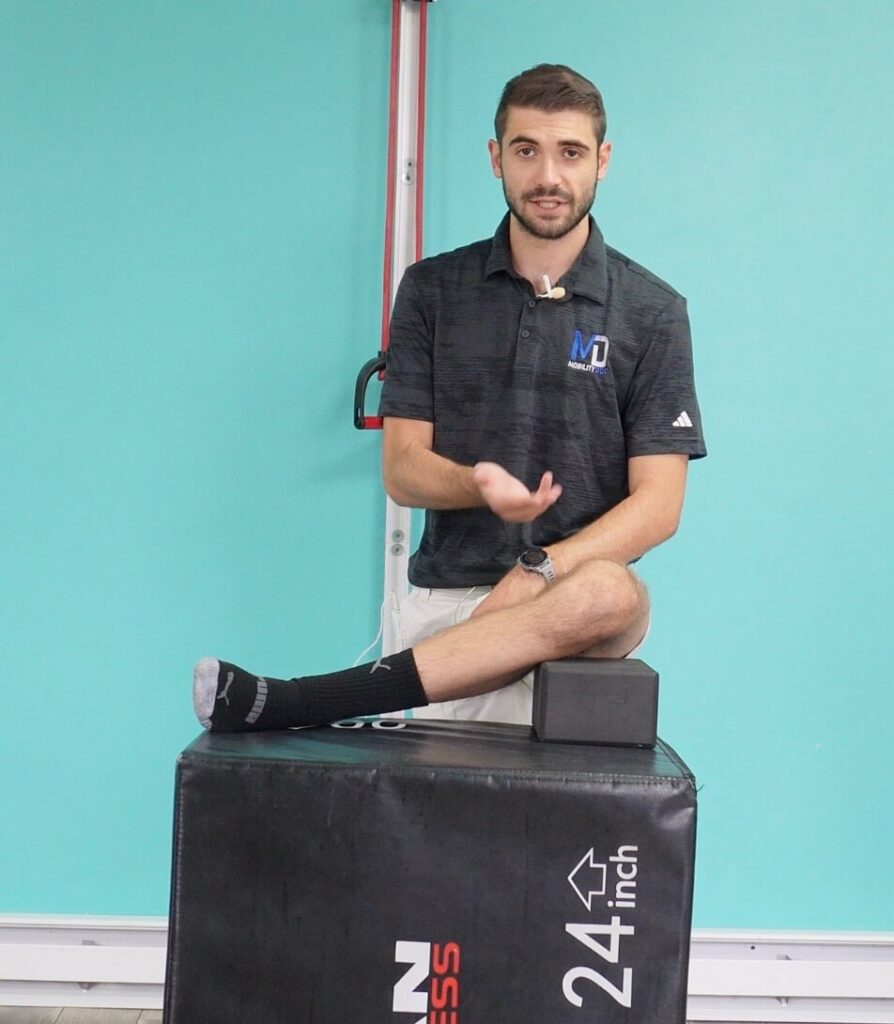
What Not to Do:
- Don’t let your back hip drop or twist open.
- Don’t round your spine or collapse forward.
- Don’t push into pain — stretching shouldn’t hurt
Static vs. Dynamic
You can hold it statically for 30–90 seconds to build flexibility. You can make it dynamic by holding for a few seconds and releasing to warm up before a workout.
Both work — just pick what fits your goal and when you’d like to use it! (dynamic stretching is always better pre-exercise and static stretching is better post-exercise)
Why It Works
The elevated pigeon stretch lets you explore your range without forcing it. You’ll build strength and control in your hips instead of just chasing a deeper position. That’s what real mobility is about — moving better, not just stretching more.
Glute Stretches For All Levels!
Pigeon not your favorite? Try these other glute and piriformis stretches for every level!
Want Stronger, Happier Hips?
If your hips feel tight no matter how much you stretch, you’re not alone.
Most people try to “force flexibility” instead of fixing how their hips actually move.
MDRx Hips is our program designed to rebuild mobility the right way — with strength, control, and real results.
Stop guessing what your hips need.
Start moving better, performing stronger, and doing what you love without the ache and restrictions.
Check out MDRx Hips and see how good strong hips can feel.
